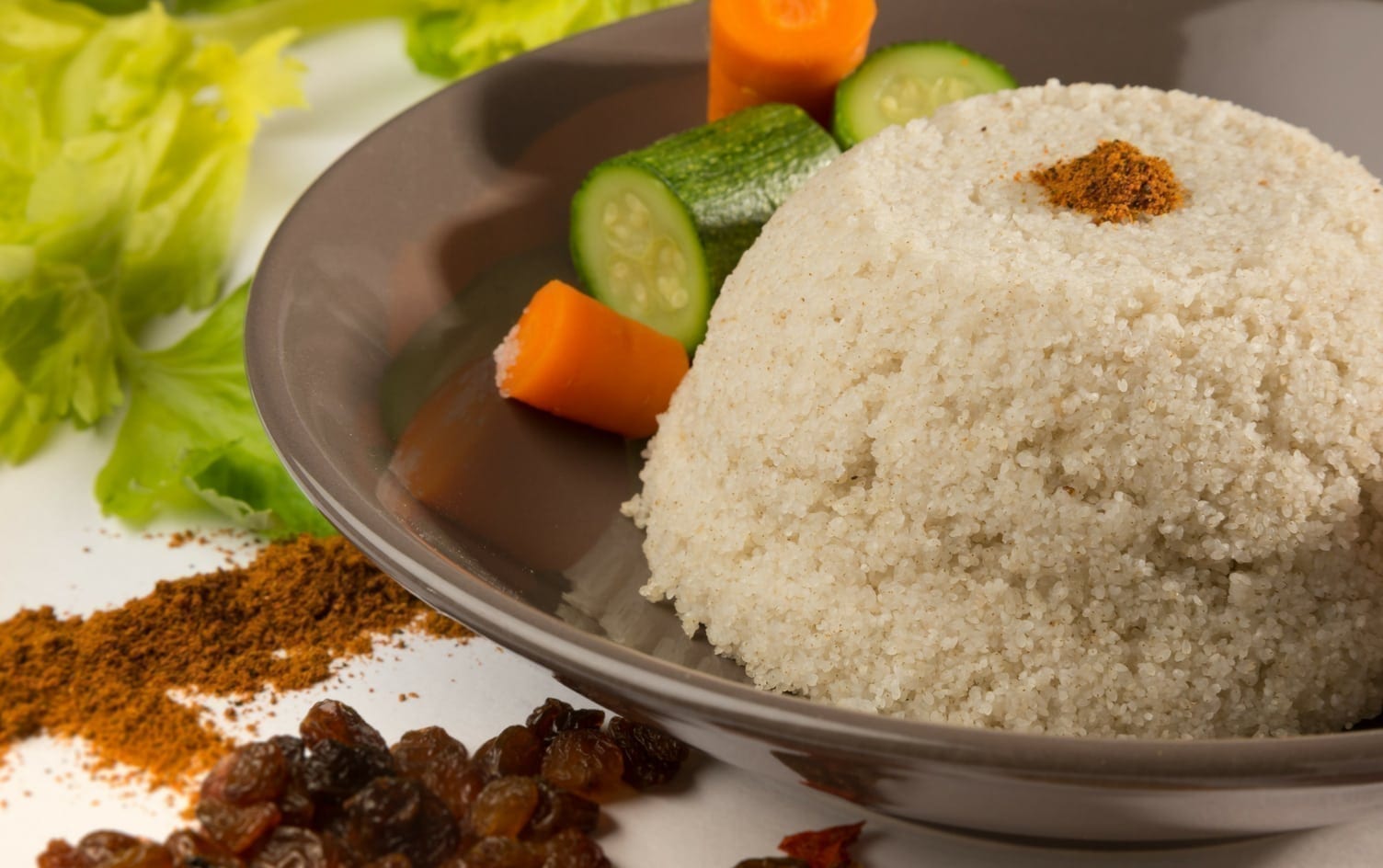While kale and quinoa have been touted as superfoods, there’s a new ingredient garnering attention for its nutrition benefits — fonio.
WHAT’S FONIO?
Fonio is an ancient grain traditionally grown in western Africa, and it’s one of the continent’s oldest grains. It belongs to the millet family and is one of the world’s fastest growing cereals; it matures to produce grain in a quick 6–8 week cycle. There are two types of fonio, white and black, although white fonio is easiest to grow and the most popular.
A NUTRIENT POWERHOUSE
Many consider fonio a superfood because it’s a great source of plant-based protein (12g per cup compared to 8g per cup for quinoa), ranks low on the glycemic index, is naturally gluten-free and has several important amino acids and micronutrients. For example, fonio is rich in methionine and cystine, key amino acids involved in protein synthesis. It’s important to note that many common grains like wheat, rice, maize and rye don’t contain these amino acids.
Moreover, fonio is a whole grain rich in fiber and micronutrients like B vitamins (which support metabolism), vitamin A (which is key for eye health) and iron (which helps the red blood cells deliver oxygen to muscles). The minerals in whole grains such as magnesium and phosphorus support bone and dental health respectively; copper aids heart health and selenium strengthens the immune system.
COOKING WITH FONIO
Basically anywhere you use quinoa, you could sub in fonio. With its nutty flavor and crisp texture, fonio is ideal for grain-based salads, porridge or in side dishes like pilaf and couscous. Plus, since fonio is naturally gluten-free, it can be a great alternative for those who have celiac disease or are sensitive to gluten.
Since it’s an emerging supergrain in the U.S., look for it in local health stores or on Amazon.
THE BOTTOM LINE
Whole grains like fonio can help with weight management and have been shown to support cardiovascular health and decrease the risk of some chronic diseases like cancer. The 2015–2020 Dietary Guidelines recommend 3 ounces of whole grains each day, based on a 2,000 calorie day, which translates to 48 grams of whole grains. Fonio can be a great way to add variety to your diet while implementing these recommendations.




